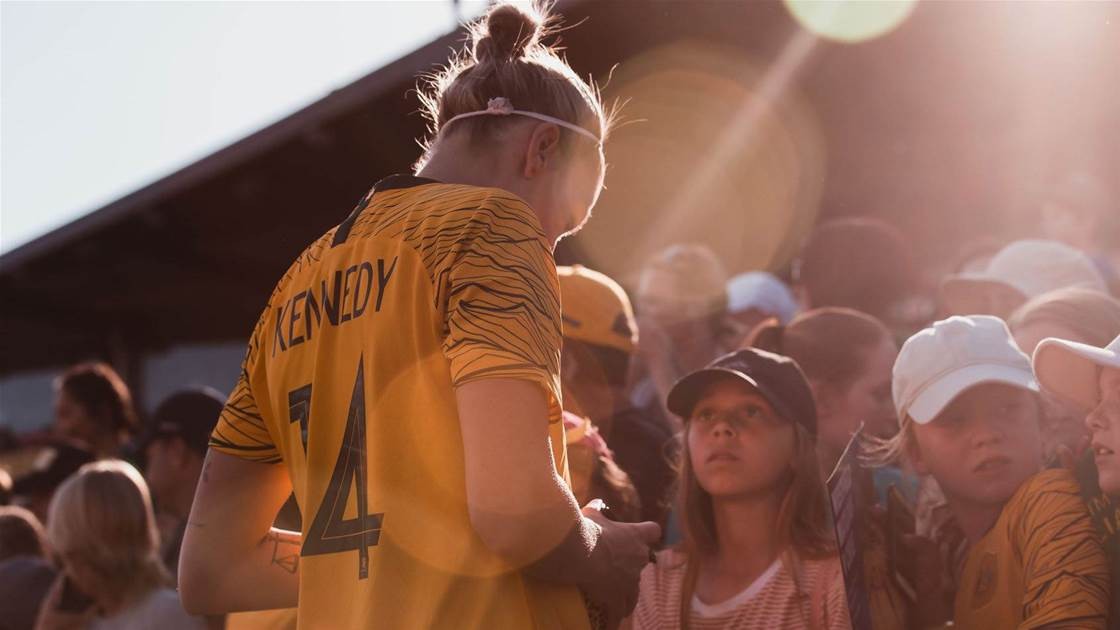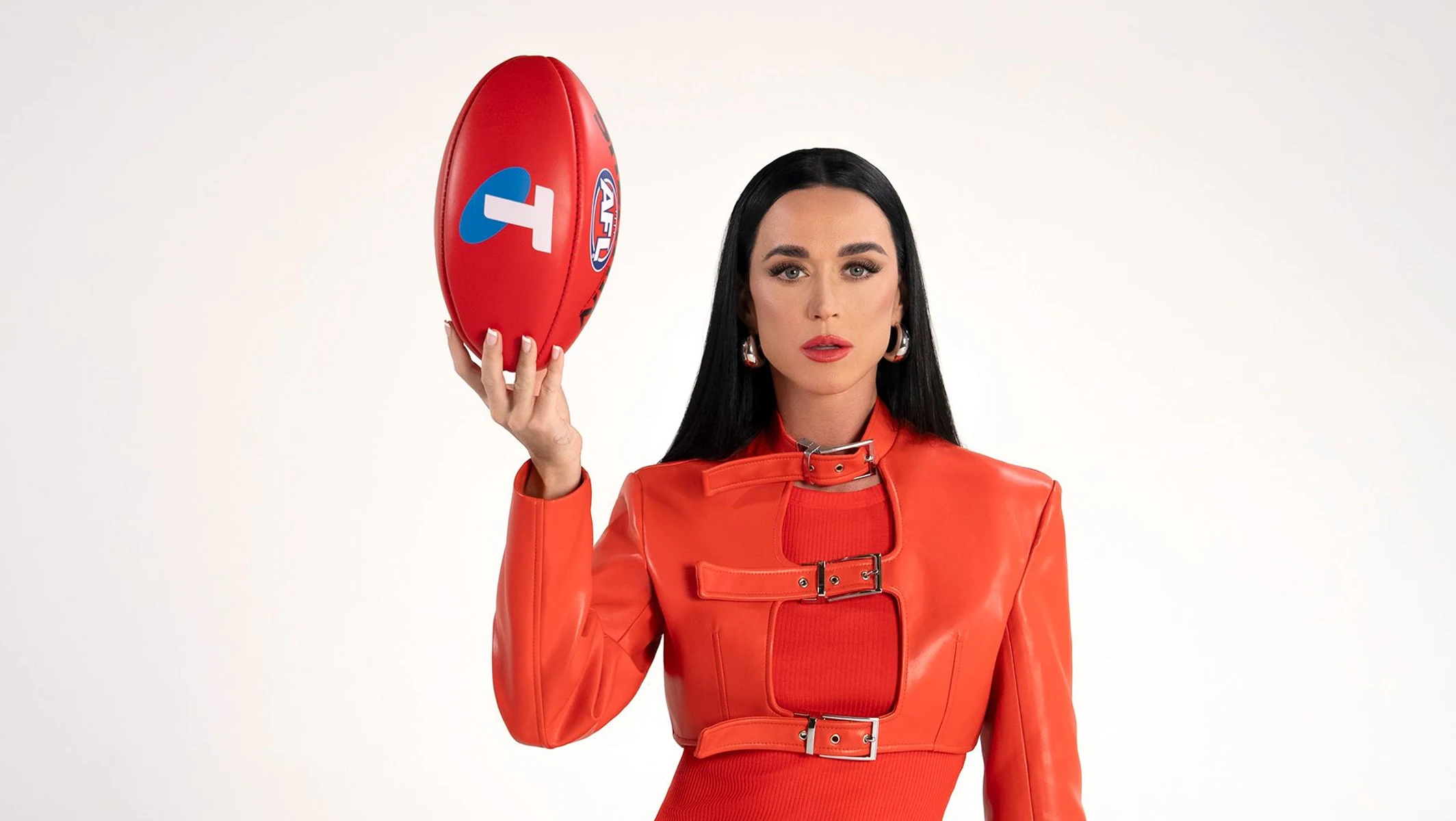[mkdf_dropcaps type=”normal” color=”#f55549″ background_color=””]S[/mkdf_dropcaps]
peaking to Ministry of Sport, True North Research directors, Georgie Maynard, and Chris Hobden, reflected on how COVID-19 has changed the Australian sport sponsorship market through 2020.
As part one of a two-part interview series with Maynard and Hobden, they first discussed how fan engagement and emotional connection have changed during 2020, following the release of the True North 2020 BenchMark report.
Discussing how Australia’s behaviour and connection to sport has changed throughout the year, Maynard said fans have both disconnected and become more engaged with sport, depending on their circumstance.
“What COVID has thrown up is a really complex situation,” Maynard told Ministry of Sport.
“It has impacted Australians in different ways, so for sporting organisations, this means that your approach and how you react to COVID has to reflect the fact your supporter base is not one homogenous group, but diverse, and your response needs to acknowledge this,” she said.
While there are nuances, Maynard highlighted two key differences in the data as a result of COVID-19, with some becoming even more engaged while others have not been able to prioritise sports and have therefore seen engagement levels drop.
“Some individuals who are fans of sports have found they’ve disconnected and deprioritised sport over the past six months as they’ve had competing priorities,” Maynard said.
“They may not have had the same availability of watching sport as others, particularly if you’re in Victoria, where you haven’t been able to attend matches and consequently that social element you’re used to, that’s a key part that drives emotional connection to a team, has been absent.
“This has impacted connection, but also the financial impact and mental load of COVID means that certain demographic audiences like females, those aged 30-39, people living on their own, and people with lower household incomes, have watched less sport over the last six months.
“Looking at how you address this audience is going to be important.
“The other aspect we’ve seen as a result of COVID, is that a team’s core fans have become even more connected to their teams.
“The distraction of sport has been a much needed and welcome relief from the pandemic.
“In that audience, you’ve got an opportunity to reach a deeper level of engagement with them because they are more connected with you.
“What’s interesting is that both audiences are going to be important to talk to; your closely engaged fan groups are people that will provide teams with their immediate revenue stream.
“They’re going to attend games, buy merchandise, continue their TV subscriptions, obviously that’s where you are maximising your revenue generating income, but your acquisition market, growing the sport in the longer term, you still need to reach out to those audiences,” she said.
Maynard pointed out that addressing the two audiences is going to be important for sports as we enter 2021, and while it is important to continue to address those who have remained engaged, reactivating the broader base will be important.
“I think short term, sports will probably go to that engaged audience, but longer term, you can’t ignore this audience that has deprioritised sport over the past six months, you still need to actively re-engage them and I wouldn’t be putting that off,” Maynard said.
“If you can, I would be doing it at the same time,” she said.
Looking at how grassroots participation in particular has a direct impact on fans connecting to sport, Hobden said he believes participation will drive re-engagement levels.
“I think one of the things that will be interesting over the next six months, will be to see how quickly that engagement returns,” Hobden told Ministry of Sport.
“For all the reasons that people have not been able to engage over the last six months, as you remove all those barriers, will they come straight back?
“Will it be easy for sports to just pick up those fans where they left off, or is there going to be something more they will need to do to reconnect, particularly around participation?
“As participation comes back, will that drive people back into being followers of teams?
“I think it will, but we can’t say for sure until later in 2021,” he said.
Adding to the grassroots participation factor, Maynard said: “I was talking to a mother the other day, each year the family book tickets to watch the rugby league, netball and basketball, it’s a really enjoyable social experience for them.”
“However, over the last six months, because she hasn’t been able to attend games, she hasn’t felt as engaged, nor has she felt a strong desire to watch it on TV; for her seeing the sport live and the social aspects of sport help drive engagement.
“Furthermore, at a grassroots level, she feels more like an Uber driver these days, because instead of being able to actively engage with her daughters’ sport, she’s now going to the venue, dropping her off, waiting in the car park, picking her up and then driving her home.
“Those cornerstone touchpoints that connect us to sport have been impacted all the way down the line.
“I think participation for certain sports like netball, where large numbers of their supporter audience have been motivated to follow because they themselves play or played netball or their family members do, have obviously been impacted.
“That participation factor is really important for driving connection; if participation levels bounce back to normal, we might just see connection return to previous levels,” she said.
When asked about the True North 2020 Benchmark report, which saw a selection of women’s sporting clubs and national teams top the emotional connection score ladder, Maynard explained women’s sporting teams and athletes understand the need to drive connection to their sport.
“The answer is threefold,” Maynard said.
“Firstly, women’s teams engender strong support around the core values of emotional connection, specifically respect, trust and pride.
“Australians are proud of the success they have had, and what they have been able to achieve, when many work two jobs, or don’t have the equivalent income of their male counterparts.
“Furthermore, female athletes fundamentally understand the importance of their role in driving connection to their sport and that is why you find them taking additional steps to engage with their supporter base to drive a deeper connection.
“Sports followers repeatedly praise women’s teams for their professionalism, integrity and the effort they put into being future role models for the next generation of players.
“And ultimately, these athletes are both relatable and inspiring, they’ve been successful but remained grounded.
“Australians emotionally connect with this.
“However, women’s sports are still growing, so whilst they have a strong emotional connection amongst all those familiar with the team, many male teams tend to have a stronger connection amongst their core fans.
“It takes time to build a very deep emotional connection.
“Here AFL and NRL teams, who have had years to cultivate the connection with their fans, will often be on top of the ladder amongst a team’s supporter and fans (as opposed to all those familiar).
“Lastly, the familiarity with most women’s sport is still comparatively low, so they have a strongly connected audience amongst those familiar; the challenge will be to maintain the depth of that emotional connection as they grow,” she said.
Adding to the strength of women’s sport in driving emotional connection, Hobden said: “It will be interesting in the long term to see how that ladder changes over time.”
“One of the things I think women’s sport in particular are doing well with at the moment, is understanding that they need to tell a story at brand level, engaging with their audience in a meaningful way.
“Their next big step is to tell that story really broadly to attract a wider base whilst retaining the emotional connection they have built so far.
“Cricket Australia are a good example of this, they have created a strong narrative of the Women’s game with their core fans but are now starting to make that leap in competing for attention with the men.
“It’ll be interesting to see what happens when other sports catch up to that point,” he said.
Part two of the two-part interview with Maynard and Hobden from True North Research will look at the key factors that drive emotional connection, and the ways brands and sporting organisations can maximise their sponsorship outcomes.
Keep an eye out on Ministry of Sport’s social media platforms: Facebook, LinkedIn, and Twitter, for the release of part two.





